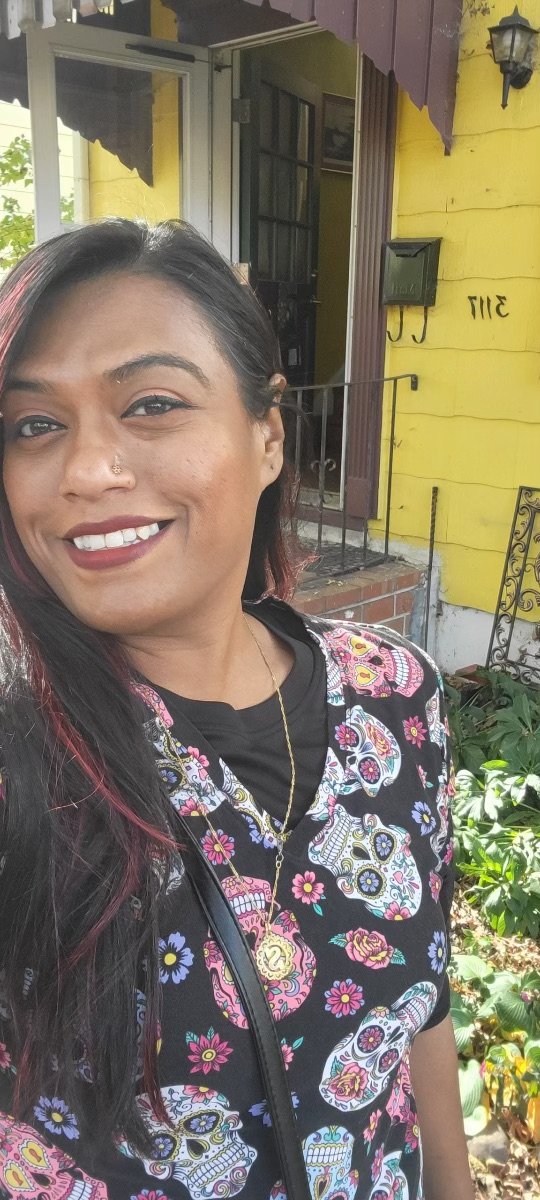about the film
1980 marked the beginning of an exodus of Salvadorans fleeing a US-backed war, with tens of thousands of people making the Washington, DC, region their new home.
This mass migration gave birth to a new artistic movement. Using the corner of 15th & Irving Streets in NW DC as their home base, artists brought meaning to a uniquely Salvadoran-Wachintonian identity.
In the process, they shaped the city’s vibrant, longstanding, and thriving cultural scene.
Las Muertes Más Bellas del Mundo tells a story of the Salvadoran diaspora’s struggles and humanity through the eyes of artists who created art out of war.
The film follows a poet’s journey to find acceptance and healing through his writing of Las Muertes and interweaves a collection of Salvadoran-Wachintonian artist portraits – a poet, a photographer, a dancer, and musicians.
Collectively, their voices and archival images tell a compelling, intimate, and historically-grounded story of a community resolving trauma and finding identity, salvation, and joy.
from the directors
“The idea for this film was born out of my anger watching the caravans of humanity fleeing violence in Central America and crossing the border only to have Trump take their children and put them in cages. I went to the border with my friend Mark Perkins to film what was happening. As I thought about the upcoming 40th anniversary of my own arrival to the US in 1980, all I could think was “40 years and still running.
That became the working title of a film about the Salvadoran diaspora in DC that I decided to make. As we started interviews, the pandemic hit. After a year at home going through boxes of historical material with the team, I took the train to New Work to see art and interview Salvadoran artist friends Alex Iraheta and Henry Mills.
On the train home, it became clear to me that the film needed to look at our presence through the eyes of Salvadoran artists. I asked Ellie and Magee to come on board to help shape the concept and we reached out to the artists to film their work.
While making the film, I was also traveling to El Salvador to put the pieces of my family's past together and found the tombs of my relatives killed by the death squads. I started writing the poem that became the title of the film.
All of the artists in the film have made art out of war. All of us have turned the horror of death into beauty. We could not include everyone we interviewed or everyone in the diaspora making art and organizing for our human dignity. We hope the next storytellers and filmmakers will pick up where we left off.”
- Quique
“Growing up in a community of artists in Mount Pleasant, when the city was struggling, I learned from an early age the power of art to bring people together, say what needed to be said, and, most importantly, heal.
Making ‘La Manplesa”, about the 1991 uprising sparked by the police shooting of Daniel Gomez, confirmed how necessary it is for us to honor the history of our neighborhood, both to reveal the injustices that continue to permeate and to celebrate the resistance, the claiming of space by Salvadoran poets, actors and musicians here in Washington, DC.
Las Muertes Más Bellas del Mundo is a continuation of that project, digging beyond one event to a fuller arc of the journey from the US-backed civil war in El Salvador to the ways artists made home, community, and beauty as a way to question, understand, and heal from the trauma of what brought them here.”
It has been the deepest honor to collaborate with Quique, a childhood mentor of mine and now a co-conspirator in storytelling that is deeply personal and playful in form, blending elements of theatre, poetry, film, and community organizing.”
- Ellie
The Yellow House Collective is made up of individuals of different generations, backgrounds, stories, and histories—each of us with different forms of strength, ideas, and insight. Throughout the making of Las Muertes Más Bellas del Mundo, we bonded, became a collective, and found solidarity through our shared love for art and community.
We are a working team of experienced filmmakers, event producers, scholars, researchers, designers, organizers, cultural workers and much more. Regardless of our individual backgrounds, we all have deep roots and connections in the DC Salvadoran community.
The Collective marks history with the first feature length film conceived and directed by Salvadorans who have made the nation’s capital home, the team includes those who directed and produced the award-winning documentary La Manplesa: An Uprising Remembered – which has been shown on WORLD Channel’s America ReFramed and has been screened at multiple film festivals across the country.
About The Yellow House CollectivE

-
Quique Aviles
-

Mark Perkins
-
Carolina Fuentes
-
Delia Beristain Noriega
-

Hilary Binder Aviles
-
Jo Jovel
-

Ellie Walton
-

Magee McIlvaine
-
Zach Roberts
-

Jose Centeno Melendez
-

Miguel Castro Luna
-

Hugo Najera
-

Ana Patricia Rodriguez
-

Olivia Cadaval
-

Camilo Montoya
-

Sheila Mirza
-

Cindy Centeno









